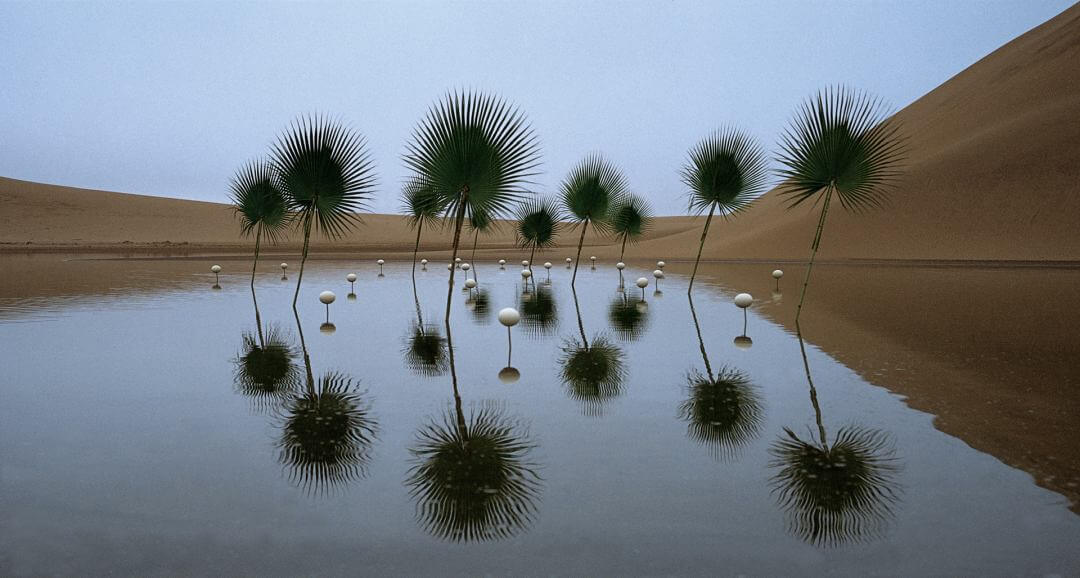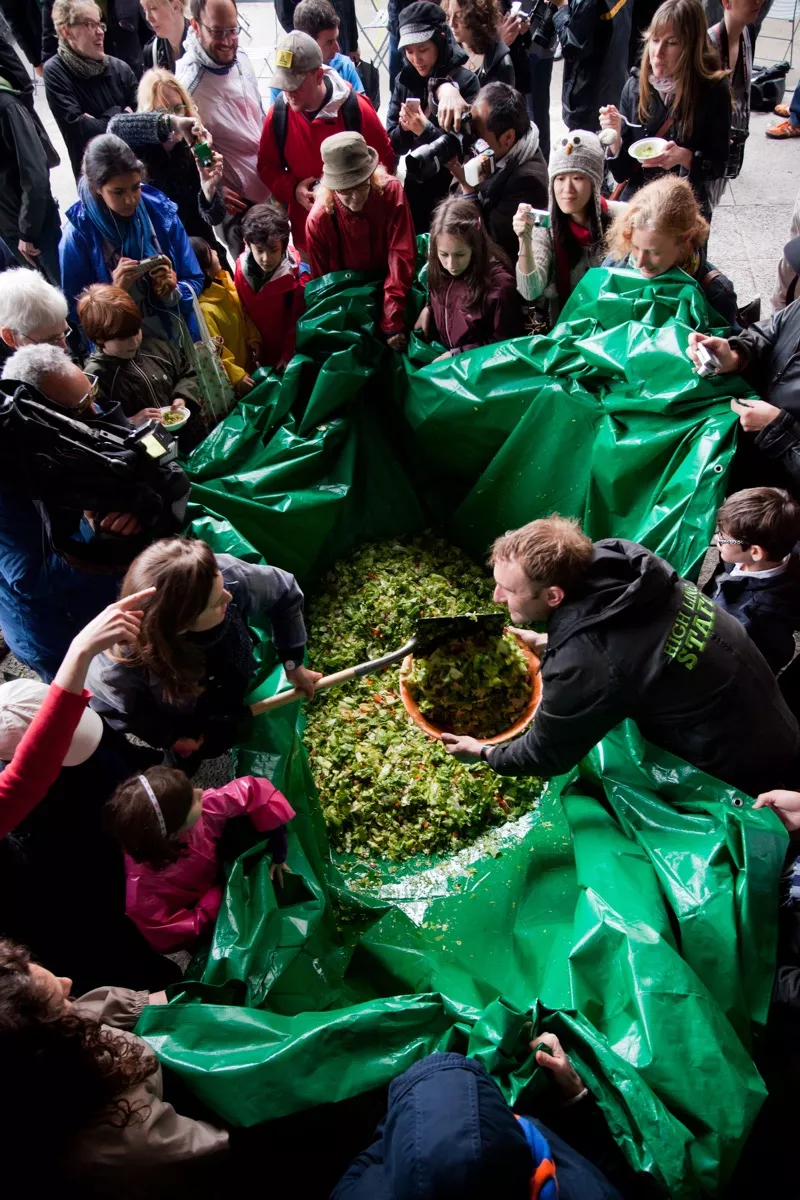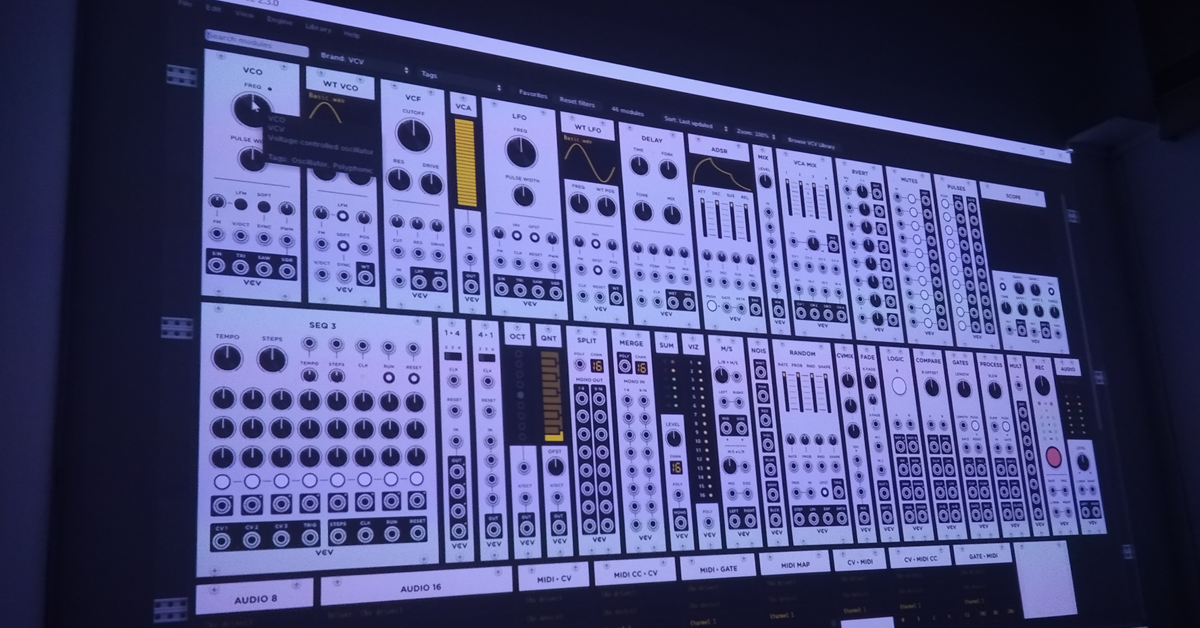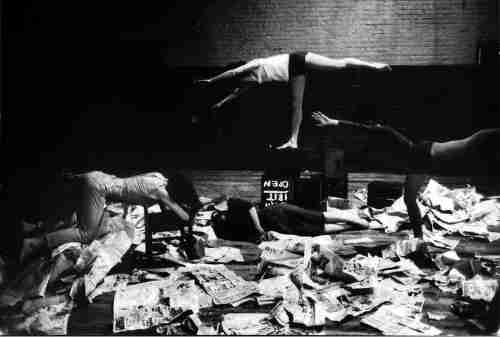What if the art that captivates us today could vanish without a trace tomorrow? Ephemeral art challenges our notions of permanence, inviting us to explore forms that embrace transience, from land art to street interventions, leaving lasting impressions even as the works themselves fade into memory.
Land Art

You’ve heard of Andy Goldsworthy, but have you heard of Nils-Udo? Since the 1970s, this Bavarian artist has created ephemeral artworks using berries, leaves, blossoms, and even ostrich eggs. These elements form captivating pieces evocative of mysterious portals and dreamy realms. Each fleeting intervention mirrors nature in its purest form, fading gracefully with the rhythm of the seasons.

Auto-Destructive Art

Olafur Eliasson’s ‘Ice Watch’ brought glacial fragments from Greenland to city streets, where they silently melted, echoing the slow unravelling of our planet. Over time, the ice vanished, leaving puddles in its wake—both a memorial and a warning. The work’s fleeting nature mirrored the fragility of Earth’s ecosystems, urging us to grasp the urgency of what is slipping away.
Installation Art

Christo and Jeanne-Claude’s ‘L’Arc de Triomphe, Wrapped’ invites us to see the familiar through a new lens. For two fleeting weeks in 2021, the iconic monument donned a shroud of 25,000 square metres of recyclable fabric, transforming its grandeur into a vision of transience. This ephemeral embrace urged viewers to pause, reflect, and appreciate the beauty woven into the fabric of everyday life.
Performance Art


Alison Knowles’ ‘Make a Salad’ transforms the mundane act of salad-making into participatory performance art. As the ingredients are chopped, tossed, and shared with the audience, the piece exists only in the moment of its creation and consumption. This ephemeral work invites viewers to engage with art as a communal but temporary experience.
Street Art

Street art thrives in impermanence, transforming public spaces with dynamic expressions that fade with time and change. Graffiti, one of its many manifestations, carries a rich history of resistance and political commentary. Guesswho is an anonymous Indian street artist, known for subversive stencils that challenge societal norms, merging pop culture imagery with political critique.
Some artworks are meant to endure centuries, preserved in galleries and museums. Others, however, are designed to vanish—existing only briefly before they dissolve into nature, memory, or urban life. Whether through melting ice, wrapped monuments, or graffiti that fades with the seasons, these artworks encourage us to slow down and engage deeply with the present moment. Ultimately, they teach us that the power of art lies not just in its permanence but in its ability to spark reflection—even after it has disappeared.





